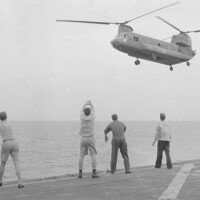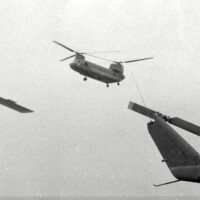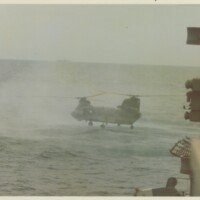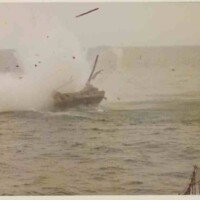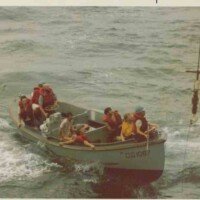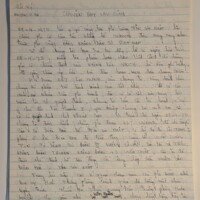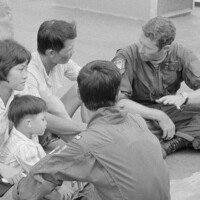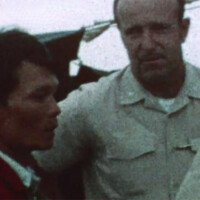CHAPTER 1 Overview – “The Last Flight Out“
- Chapter 1: The Last Flight Out
- Chapter 2: Operation Tống-Lệ-Chân
- Chapter 3: Footprints of a Refugee
- Chapter 4: Changes in Life
- Chapter 5: The Village of Somber Bridges
- Chapter 6: Sorrowful Past
- Chapter 7: Teacher Bao
- Chapter 8: Early Season Rain
- Chapter 9: Rain Bubbles
- Chapter 10: Wings of Vietnam
- Chapter 11: Last Leaves of the Season
This first chapter, “The Last Flight Out,” recounts a dramatic and emotional story set during the final days of the Vietnam War, specifically on April 29, 1975. The narrative follows Nam, a South Vietnamese Air Force officer, and his squadron, “Lôi Thanh 237,” as they navigate the chaos and danger of the last hours before the fall of Saigon.
Duty and Leadership in Crisis: The story opens at Tân Sơn Nhất Airport, where Nam and his fellow pilots are anxiously waiting for orders. As the situation in Saigon deteriorates, Nam faces a critical decision about whether to flee or stay. Despite the overwhelming fear and uncertainty, Nam remains committed to his duty, waiting for his commanding officer and ensuring his crew is ready for any eventuality.
The Chaos of War’s End: As the North Vietnamese forces begin their final assault, the airport is bombarded with artillery, creating an atmosphere of panic. Nam witnesses other aircraft evacuating high-ranking officers and their families, and he realizes the gravity of the situation. Despite the chaos, Nam decides to lead his crew to Vũng Tàu, believing it to be a safer place to figure out the next steps.
Sacrifice and Responsibility: Throughout the narrative, Nam is portrayed as a responsible leader who prioritizes the safety of his crew and their families. He carefully plans their departure, even taking the risk of returning to Saigon to rescue his wife and children. His actions reflect his deep sense of responsibility, not just to his family but also to his squadron.
The Personal Cost of War: As Nam and his crew make their final escape, the story emphasizes the personal sacrifices made by those involved. Nam’s final flight, which ends with him ditching his Chinook helicopter in the ocean to ensure his crew’s safety, symbolizes the ultimate sacrifice—a leader who is willing to risk everything for the lives of others.
Reflection and Legacy: The narrative concludes with Nam reflecting on his journey, the loss of his country, and the sacrifices he made. Despite the chaos and the ultimate collapse of South Vietnam, Nam takes pride in having fulfilled his duty to the very end. The story ends on a poignant note, capturing the bitterness and sense of loss that came with the end of the war.
Overall, “The Last Flight Out” (chapter 1) is a powerful account of bravery, leadership, and the personal cost of war, offering a deeply emotional perspective on the final moments of the Vietnam War as experienced by those who lived through it.

